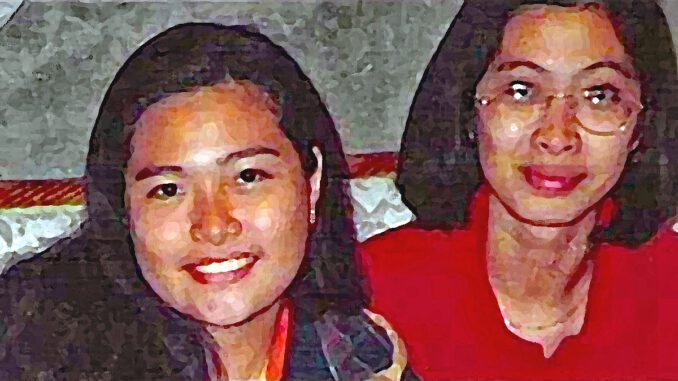
The Chiong sisters case has been trending in the Philippines’ mainstream media for over 24 years. The case involves the murder of two sisters, which until now remains shrouded in mystery. Two years after the case was opened, seven young men were convicted of the crime.
Although, some things still do not add up.
Over the years, there has been substantial evidence suggesting these men were – or at least one – was not involved. On the other hand, the Chiong family still fights hard for the convicts to remain in prison.
So what happened to the Chiong sisters? Who were the people involved in the crime? Were the steps taken by the justice system justified?
Today, we will give you a brief overview of the Chiong sisters’ case and update you on the current situation. We will also discuss some controversies within the justice system and the families involved in the case.
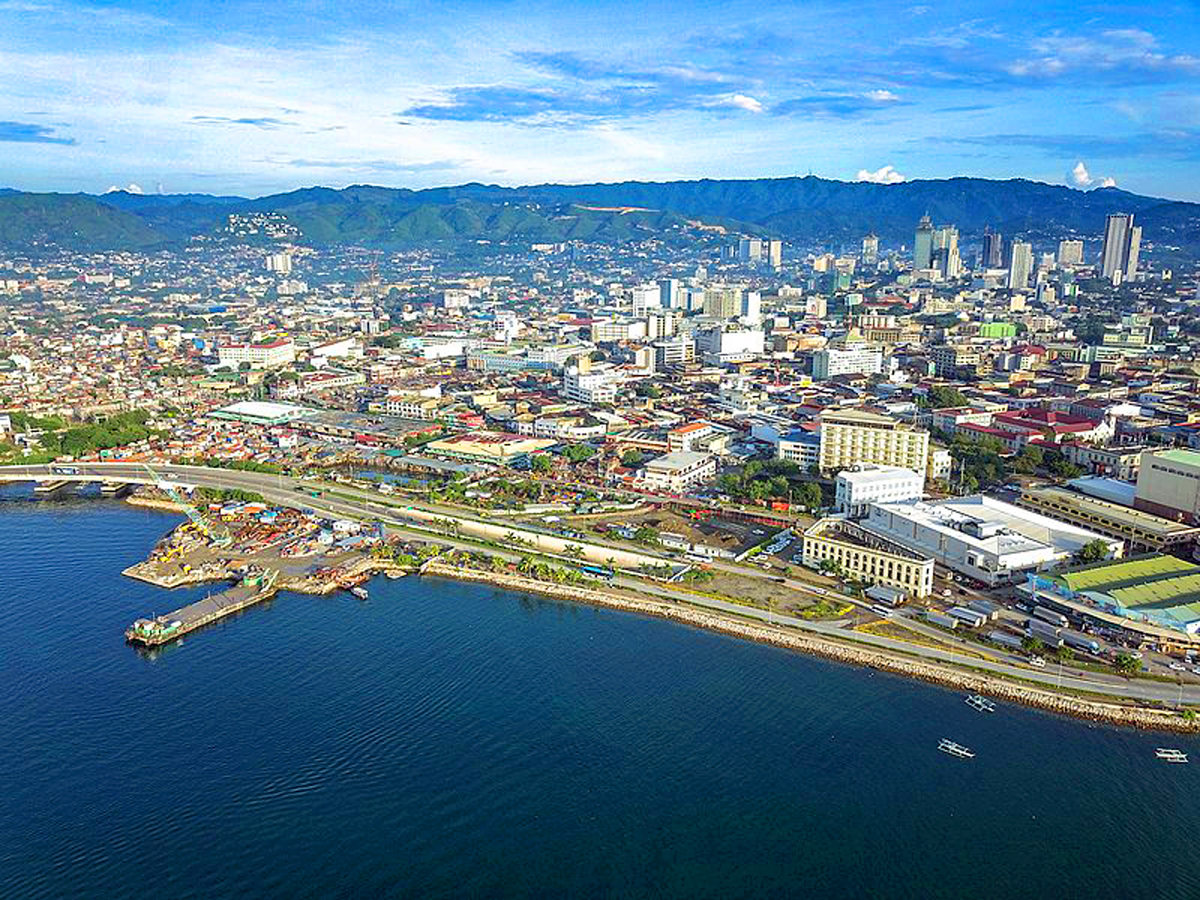
The story of the missing Chiong sisters: Marijoy and Jacqueline
It all started as an ordinary police report regarding Marijoy Chiong, who was 21 years old, and Jacqueline Chiong, who was 23. The Filipino-Chinese sisters were missing. Marijoy had arranged to meet Jacqueline after her shift at a local internet café, the pair were to then hang out at the Ayala Mall in Cebu City. The rest of the family were expecting them to be home by 10pm, but they never returned.
A campaign had begun to find the missing pair. Though, due to their age, the police did not at first take it seriously. It isn’t uncommon for people in their early twenties to be away from home for several days.
But, this case took a turn for the worse when a body was found
The police were contacted by Rudy Lasaga a local of Carcar City. He had found Marijoy’s body at the bottom of a ravine. The body was later taken for autopsy, only to find that Marijoy was gang-raped, and was believed to have still been alive before she was thrown to her death down into the ravine.
However, the body of Jacqueline was never found, even up until this date. The two sisters were last seen on the 16th of July 1997 which people believe is the same day that the sisters were murdered.
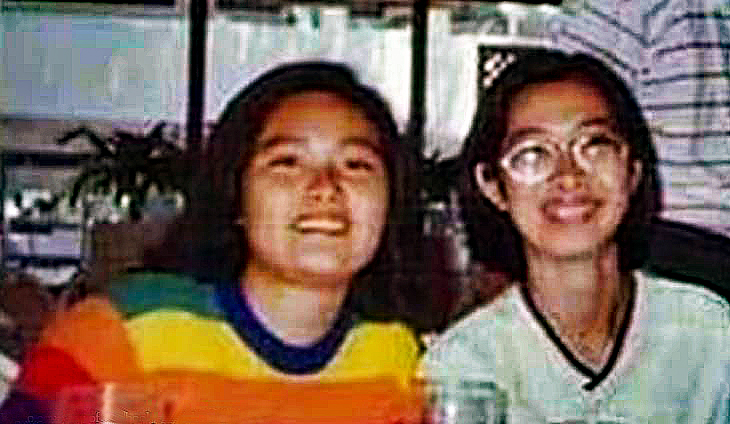
Suspects emerge
Despite little to no evidence, suspects for the case began to emerge.
This is where one of the key characters in the case comes into play, Pablo Labra II.
Although he was not the chief investigator for the case, he was tasked to look into the case. At the time, Libra was under intense scrutiny from the media and public to find who was responsible for the crime, so he began looking into police records.
Labra developed a list of suspects to be presented to the NBI. He eventually compiled a list of suspects, which he both presented to the NBI, and went onto investigate himself.
The prominent suspect, who gained the medias attention was Francisco Juan Larranaga who goes by the moniker “Paco”. He was known to police due to some fights, one in particular was reported to the police in 1995. This was recorded in a NBI database, which is what would eventually be used to find plausible suspects in the Chiong sisters case.
Paco also had a complaint against him which parallels the Chiong sisters case.
Rochelle Virtucio, a first year high school student of the University of San Carlos-Girls High School made a formal complaint regarding Paco to the school principal. As she was leaving the school with other classmates, a black Honda Civic pulled up beside the group. An individual identified as Paco got out of the car and attempted to kidnap Rochelle, though was unsuccessful.
Having a previous accusation of attempting to kidnap a young woman was not a good look in a case where he hass again been accused of kidnapping.

Eventually seven young men were arrested and were set to face court as the accused of the kidnapping, rape, and disposal of Marijoy’s body.
Paco continued as the face of the accused. His mother was a part of the Osmena family, one of the elite families in Cebu. Although his family was not wealthy, being a part of the Osmena family, as well as his past convictions, made the public perceive him as a rich thug.
Despite the negative attention, Paco was still an asset to the defence. He had the strongest alibi of the group, the defence wanted to present this to illustrate the extent of flaws that can be founded within the case.
This foolproof plan did not work, we will explain why later in the article.
Paco, and the rest of the group were charged with murder. The court then changed the verdict to a death sentence by lethal injection on the 3rd of February 2004. However, the Philippine government abolished that law in 2006, and the lives of the seven guys were spared.
The Scions of Cebu begin their sentence.
Despite the contradicting stories, the group continued to claim they did not formerly know each other until they began their sentences.
Paco knew of Rowen Adlawan and Josman Aznar, but really had no connection to the pair. There were also the Uy brothers, James Andrew and James Anthony, then Ariel Balansag, Alberto ‘Pahak’ Caño and another local thug by the name of Davidson Rusia.
There had been an ongoing debate in court, newspapers, magazines, and the internet about whether the guys were innocent. Many believe that the justice system was unfair and corrupt, while others stood by the court’s decision that the guys should be imprisoned for life.
What do you believe?
Before you make your decision, let us first discuss the numerous inconsistencies surrounding the case.

The first major blow to the case came when one of the accused came forward and confessed to the crimes.
Davidson Rusia took the stand to outline the events leading to the death of the Chiong sisters. Rusia claimed that they snatched the sisters from outside the Ayala Center in Cebu. Forcing them into a car before driving away. He and the other six guys took the girls to a house, where they were raped. They then went and dumped the one body.
He spoke of how Jacqueline managed to break free from the group. But the men got back into the vehicle and begun following her, taunting her from inside the vehicle. The men eventually pulled her back inside, where Rowen beat her until she was unconscious. Later the group made their way back to Ayala Centre in Cebu where Rusia left the group, he claims because of this he did not know the where abouts of Jacqueline.
The Chiong Sister case has a strange turn of events
Rusia had accurately testified of where the body had been dumped, how the sisters had been restrained, and where the pair were abducted from. He also went as far as admitting he had joined in with the rape of the sisters, but did not take a part in the murder.
Despite his sickening recount of the events of that evening, the public still saw Rusia as a hero. He was even granted freedom while the rest of the six remained imprisoned.
Mrs. Chiong went as far as bringing gifts to Rusia after the testimony. Which seemed like a highly unusual gesture to some, as he had just admitted to being a part of the abduction, rape, and murder of her daughters.
Despite the unusual behaviour surrounding the case, many in the public maintained a positive view towards Rusia. Though, this was likely linked to many irrelevant factors. Rusia had lived in the United States, so he was very articulate, with a strong command of the English language. Many also found him attractive, which also began to sway public opinion.
Why did he come forward? Was it because the police offered him immunity, which allowed him to openly tell the story? Or was Rusia forced into his testimony due to some form of manipulation?
Many supporters of the convicted continued to point to inconsistencies in Rusia’s testimony. While Paco and Josman continued to maintain that they did not know Rusia prior to their conviction. It had come out that Rusia had a prior criminal conviction which should have eliminated him from being a witness in the case, but his testimony was upheld.
Rusia also admitted having been tortured by the police. Other detainees within the prison said they had witnessed his torture. But this still changed very little, as there were other witnesses who made statements backing parts of Rusia’s original testimony.
It was later revealed that all the witnesses used by the prosecution had been paid, which raises some very big question about the validity of the entire case.
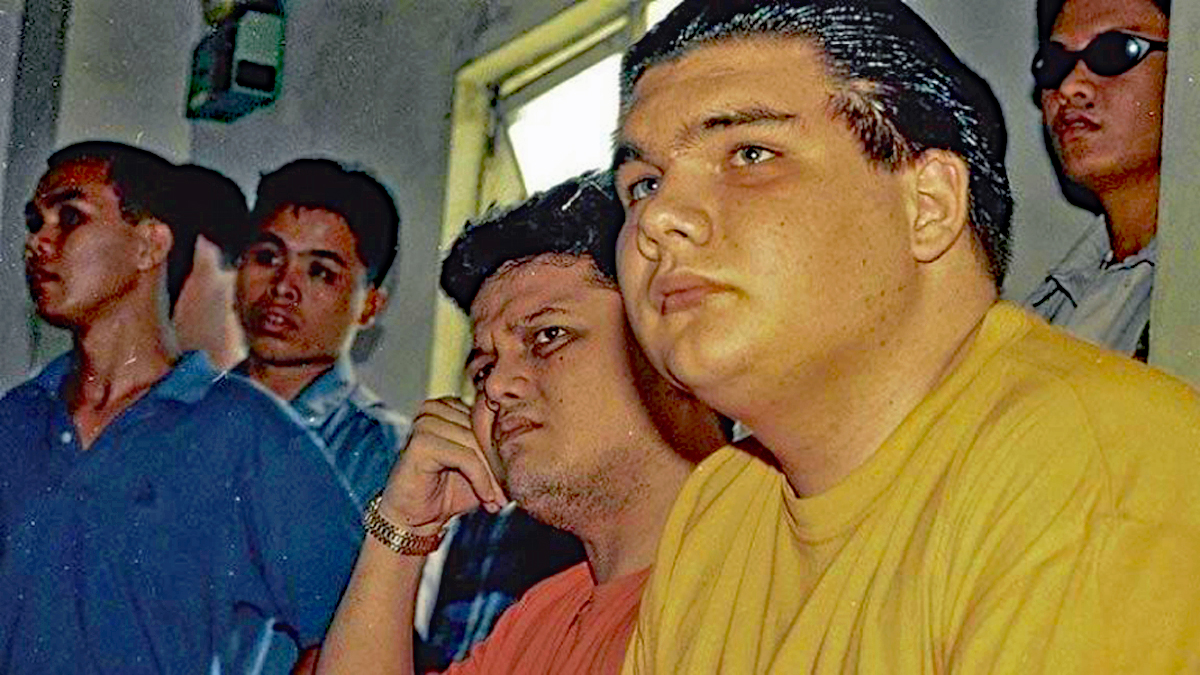
Alternative theories continue to arise
The next theory will be based on the corrupt political landscape rife across Cebu at the time.
Dionisio Chiong was allegedly working for the controversial Cebu businessman Peter LIm, who has been repeatedly accused of being a prominent drug lord in the region.
Mr. Chiong had controlled many drug operations through Mr Lims trucking business, although Mr Chiong was fired from this position. Before the sisters went missing, Mr. Chiong was supposed to act as a witness in a drug case against his former employer. After the daughters went missing, he refused to witness against the unnamed drug lord. It was even alleged that the group of police who arrested Paco, were also employed by Peter Lim as bodyguards.
So, were Dionisio’s daughters’ lives used as a form of threat against him? Did this whole case stem from Peter Lim acting to maintain his freedom?
Some more extreme claims have been made that the sisters may still be alive. Social media detectives have allegedly found pictures of individuals who resemble the missing sisters, although these claims contain very little solid evidence.
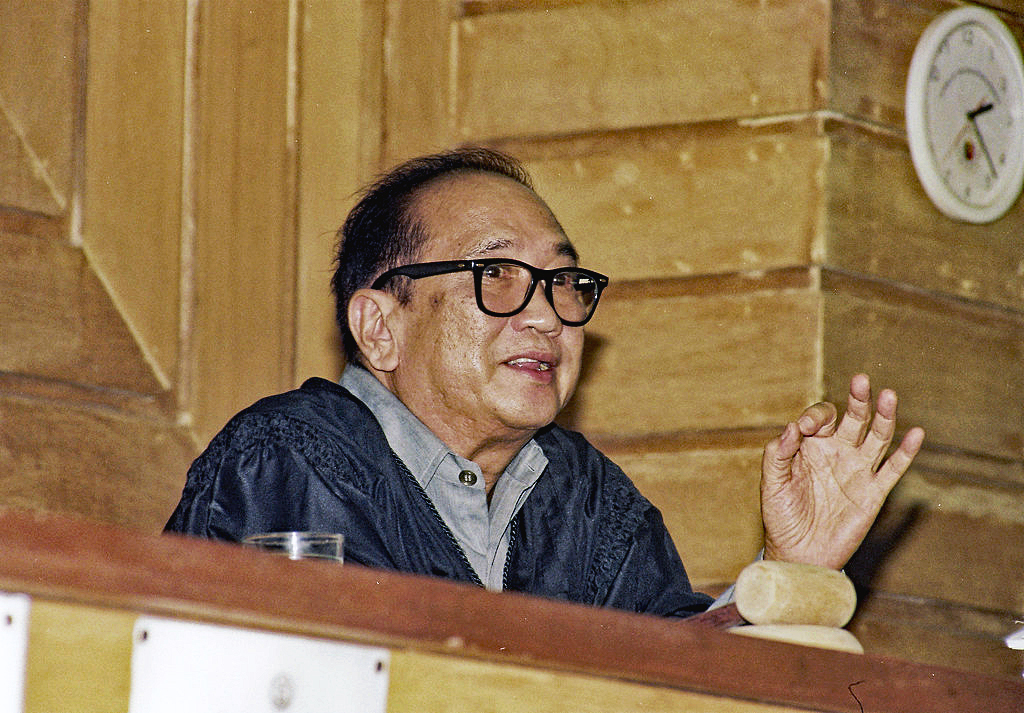
More holes found in the Chiong case
The family and lawyers of Paco could prove that he was in school taking a test on the 16th of July in Manilla. He didn’t travel back to Cebu until the 17th of July, arriving in the evening.
Some teachers and students were willing to take the stand as witnesses. There was even a picture of Paco with his friends going for drinks on the 16th of July, where his friend can confirm they stayed up the whole night drinking.
As mentioned earlier, the defence thought this was their key to freedom from the charges. Although, this confidence later proved to be futile.
In the Philippines, there is no jury. The judge decides the outcome of every case. Unfortunately, the strange behaviour continued with the Judge Martin Ocampo. This hindered this evidence, which favoured the case of the accused.
The Judge gave very little attention to case details, even dosing off at some points. He even went as answering question on behalf of Rusia when Rusia was being cross-examined. The judge, in this case, did not let the school witnesses take the stand, despite many of them being willing to testify in defence of Paco’s claims.
Mrs. Chiong also had power and awarded the policemen who sought justice for her daughter. Cheryl Jimenea, Mrs. Chiong’s sister, worked for, and was close to the president, Joseph Estrada. At this point, the President got involved and pushed for the case by adding more investigators.
More details of the key witness we spoke about earlier, Davidson Rusia began to emerge. This just added to the growing pile of shady behaviour surrounding the case.
Two years later, the judge issued the verdict that the seven boys were guilty and sentenced them to death. The six went to jail, but Rusia was set free.
Mrs. Chiong went ahead to fight for a death row seat, but it was not granted. The news reported that a hotel worker found the judge dead in his hotel room. The death was ruled a suicide. Years later, the justice system changed its verdict to sentence the boy to death row in February 2004. The Spanish government and the UN intervened after Paco’s family pleaded for their help.
The Philippine government abolished the death sentence in 2006. In October 2009, Paco was transferred to Spain to serve the rest of his sentence. He still applies for parole, but he will be 61 by the time he completes his sentence.
The other five were left to serve their sentences in the Philippines. Faeldon approved the parole of four of the guys, but he was later asked to step down by President Rodrigo Duterte. The Chiong family thanked the President, and the convicts were taken back to prison.
Now that you have the case summary, what are your views on the case? Do you think the guys were guilty, or did the justice system let them down?
Click here to read more about the vibrant history of the Philippines.



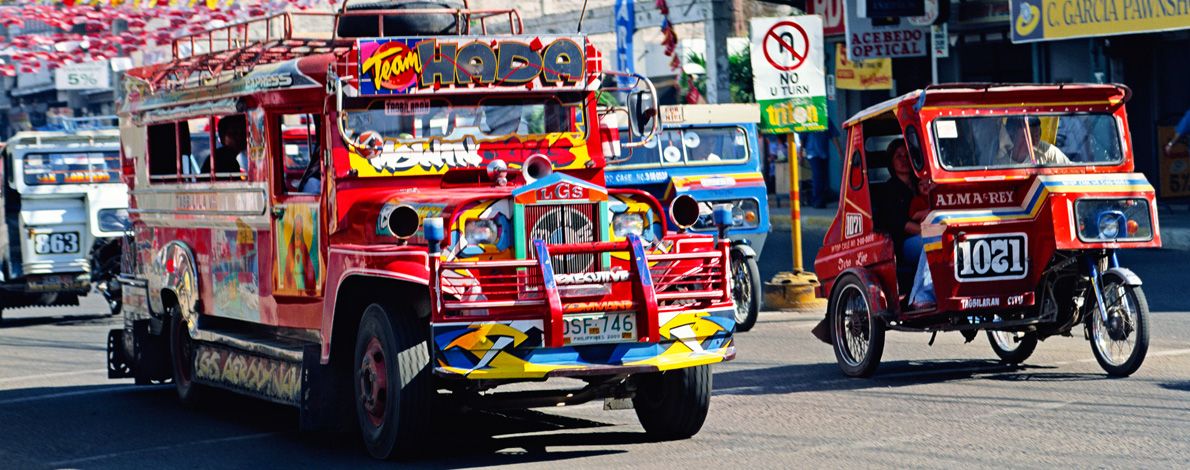
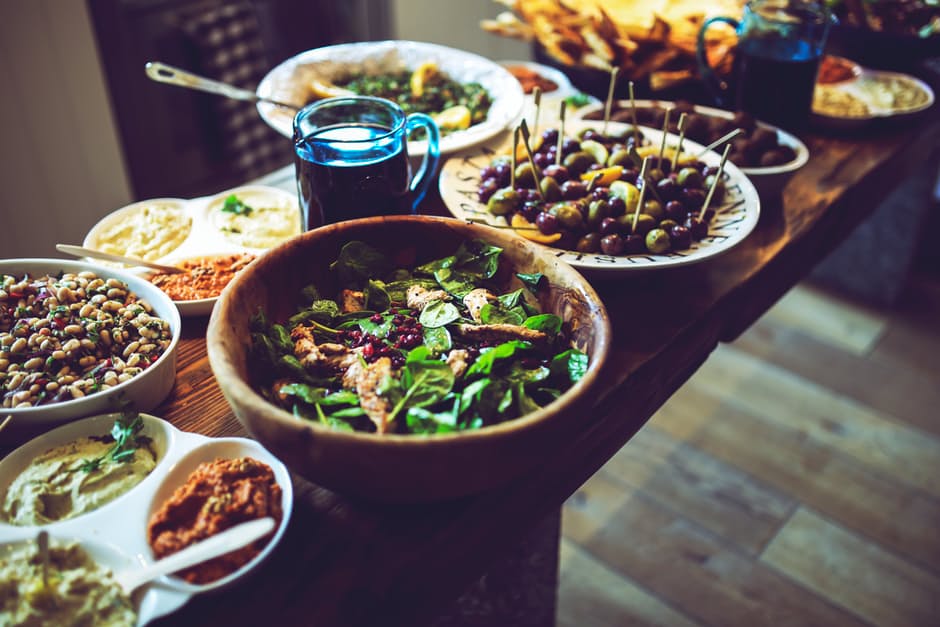
Be the first to comment